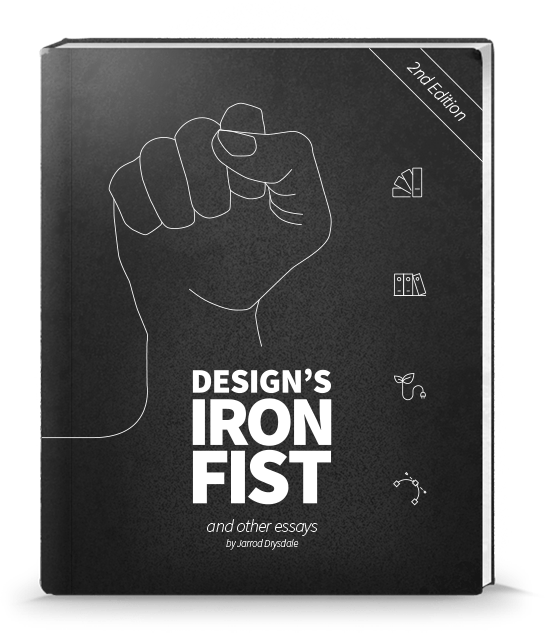When you critique a design, what kinds of issues do you usually bring up?
Earlier this week, as I was critiquing the work of another designer, I was thinking back to when I was a junior designer and had to endure critiques of my work. I was remembering all the comments I used to hate:
Them: “Did you think about doing X?”
Me: Yes, and I already ruled it out.
Them: “Can we change this to Y?”
Me: No, I already tried it and it didn’t work. But you’re going to make me show it to you anyway, aren’t you?
Them: “I’d really love to try doing [thing that changes the entire scope of the project].”
Me: Sigh. There go my Saturday afternoon plans.
When I was the one doing the critiquing, I found myself saying all those same things I used to hate hearing.
We creatives are supposed to be good at constructive criticism and the design world’s version of that, “Critique”. (Hey, whoa, that’s the name of my newsletter. It must be important.)
But we are actually pretty terrible at it. Myself included.
When I give feedback on the work of other designers, I often mention details because I have skill in design and know how to look for them.
Noticing details is great—it makes us designers uniquely able to appreciate the work of our peers.
However, this ability also makes us uniquely able to undermine other designers.
When I look at a design made by someone else, it’s so easy to notice details and then pick them apart. I know what to look for.
But that other designer put a lot more thought into it—they made the design and then presented it that way for a reason. And here I am, stepping in without having spent any time considering the problem, giving feedback on those small details. It’s no different from a client asking to “Make the logo bigger.”
Worse, as we all know, bringing up these kinds of details implies that the design is also wrong from a broader perspective. This implication is completely unreasonable when I’ve only learned about the problem and seen the design 5 minutes ago.
This kind of discussion is actually not critique at all.
The dictionary definition of critique is:
Evaluate (a theory or practice) in a detailed and analytical way.
Most of us designers don’t critique. Instead, we comment, criticize, and nitpick.
The best creative directors I have ever worked with had this amazing ability not only to notice the details, but to understand the intent behind them.
When you review a design made by someone else, try to discern their intent, and if you can’t find it, ask them before offering your opinion.
Because as a designer, you have a right to offer constructive criticism and doing so can be incredibly valuable.
But a license to critique is like a license to kill. Don’t take it lightly.
You have the power to dishearten and stifle, or to encourage and empower. Critique should be a force for improvement and growth. Not condescension or a petty enforcement of your taste and skill. Picking at another designer is a surefire way to get the same treatment next time the roles are reversed.
Postscript. Why I renamed my newsletter.
Critique is a significant portion of what makes design worthwhile, and the word means—literally—that design is analytical and logical.
Design is creative, but it is analytical and logical too. To make great design, we need to balance both of those aspects of our profession.
That’s why Critique is the namesake of my newsletter. I want to encourage you not just to be creative, but to be logical and careful about how you approach the design profession. For all our own good.
Sign up below if you’d like to join me.
